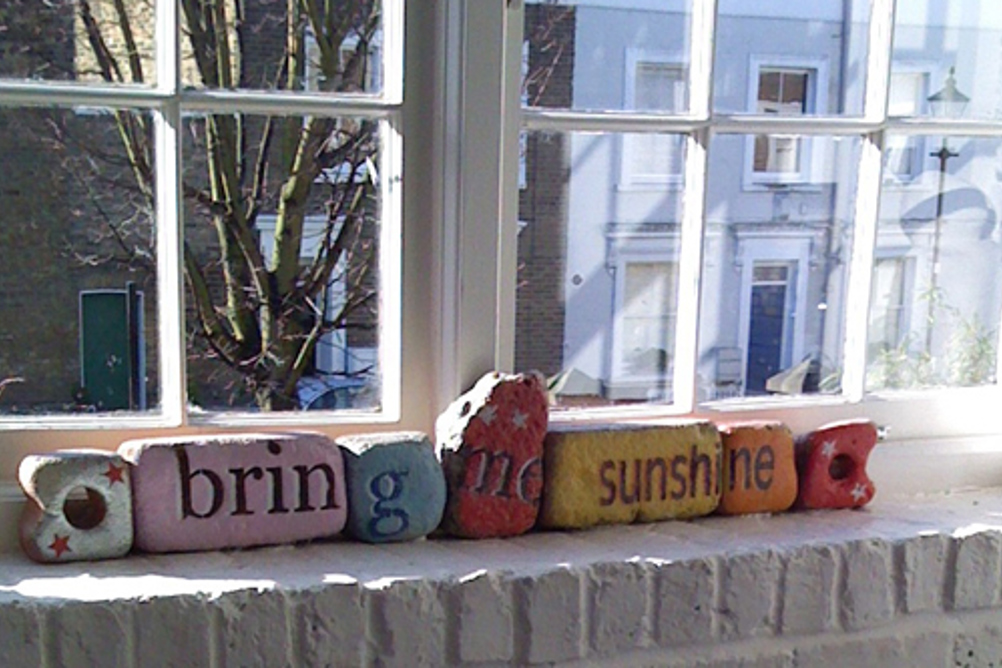
Charlotte and her husband knew that the children they were about to adopt would need lots of support. Social workers told them that the two boys aged three and five, and their seven-year-old sister, had suffered neglect. But they were not prepared for the shocking reality of extreme sexualised behaviour, aggression and self-harm.
“The children exhibited disturbing sexualised behaviour between themselves, and also to any male that came to the house in the case of the girl. It was graphic and very difficult to see and stop,” explains Charlotte. “The five-year-old boy also exhibited really extreme bad behaviour. His way of getting himself to sleep was to hit his head against the wall. It was horrendous, blood all over the walls.”
Register Now to Continue Reading
Thank you for visiting Children & Young People Now and making use of our archive of more than 60,000 expert features, topics hubs, case studies and policy updates. Why not register today and enjoy the following great benefits:
What's Included
-
Free access to 4 subscriber-only articles per month
-
Email newsletter providing advice and guidance across the sector
Already have an account? Sign in here

